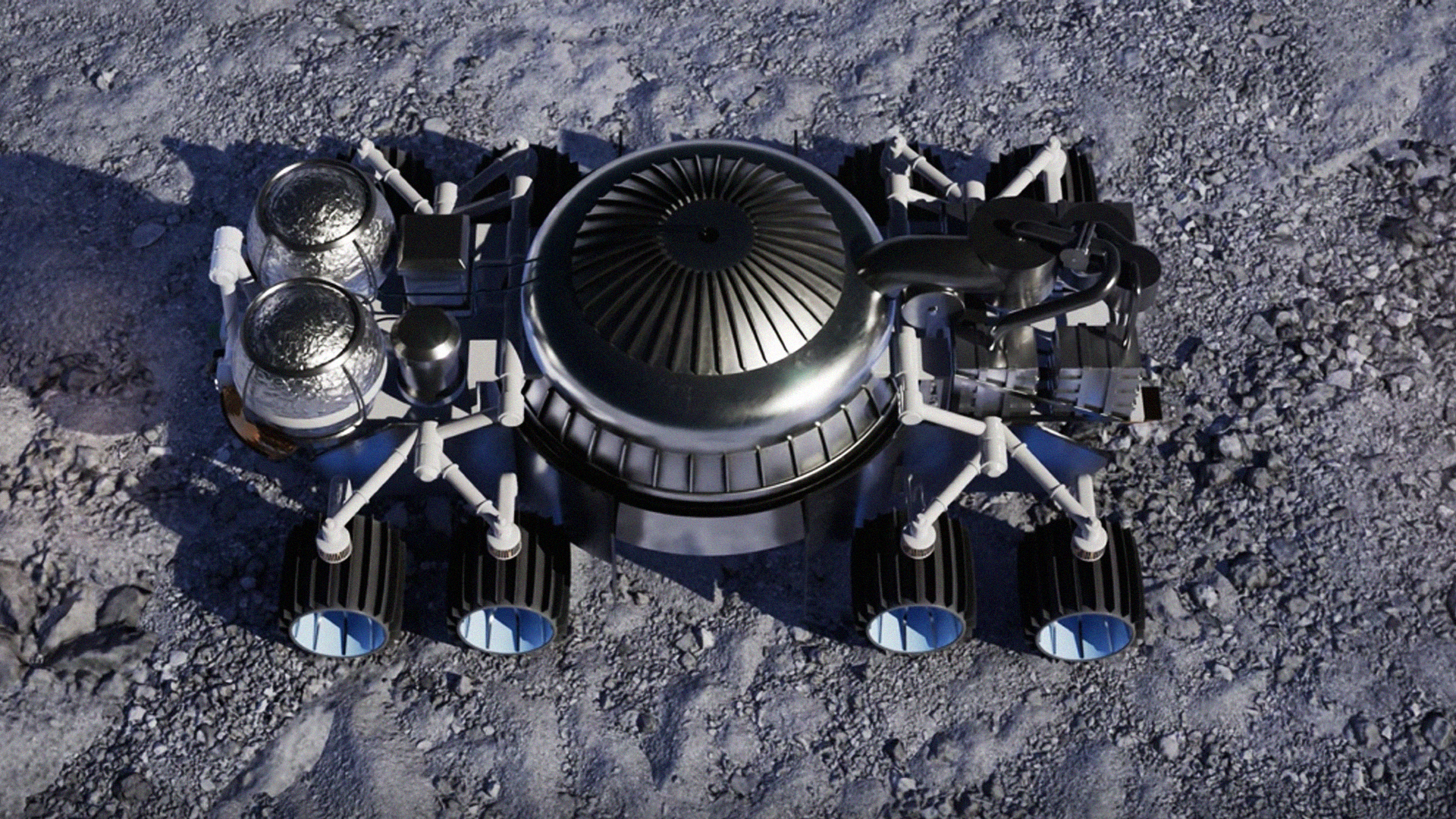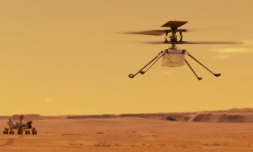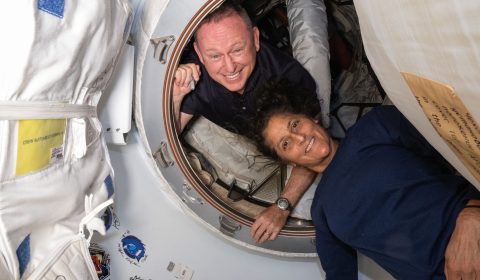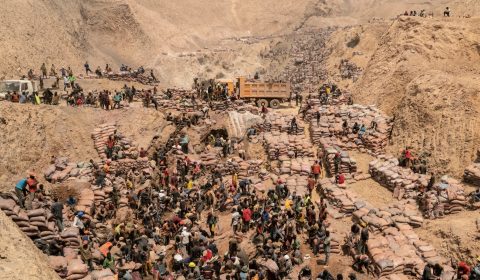Aerospace manufacturer Masten Space Systems has built a roaming rover capable of mining water from the moon’s crust using rocket blasts.
We’re reportedly closer to achieving one of NASA Artemis’ key goals – establishing a human presence on the Moon within the next three years.
Case in point, with the staggering costs of shipping supplies from Earth, how will NASA create a water network on the lunar surface for drinking, fuel production, and growing food?
Apparently, it’s a lot trickier than blasting hydraulic mining astronauts into outer space.
As with most of its inter-planetary missions, NASA is outsourcing ideas and tech prototypes from some of the world’s savviest engineering companies.
Specifically, the brief dubbed ‘Break the Ice’ is calling for sophisticated rovers to travel to shadowed areas of the lunar south pole, where deposits of permafrost ice lay within craters 3.5 meters deep.
Once mined, transported to a basepoint, and processed, this ice could provide all the water needed to start building conditions on the Moon for lengthy human expeditions. That’s 170 million lbs, to be precise.
NASA is looking for ideas on how to excavate the Moon’s icy regolith, or dirt — and your idea could help support missions for @NASAArtemis. MORE DETAILS on NASA's Break the Ice Challenge >> pic.twitter.com/7BOkiNtREX
— NASA_SLS (@NASA_SLS) April 1, 2021
Of course, for this to happen the rover in question will need onboard mining capabilities itself.
With that in mind, the most promising entrant thus far is a 2500lb solar powered machine called ‘Rocket M,’ developed by aerospace manufacturer Masten Space Systems.
Infeasible as it sounds on paper, the vehicle is able to break up large clumps of ice quickly through firing precise downward facing rocket pulses.
Rolling across the surface at 2.14 mph, the Rocket M will navigate its way to pre-selected mining spots where its rockets use convective heating to pierce the surface up to 2 meters deep.




















